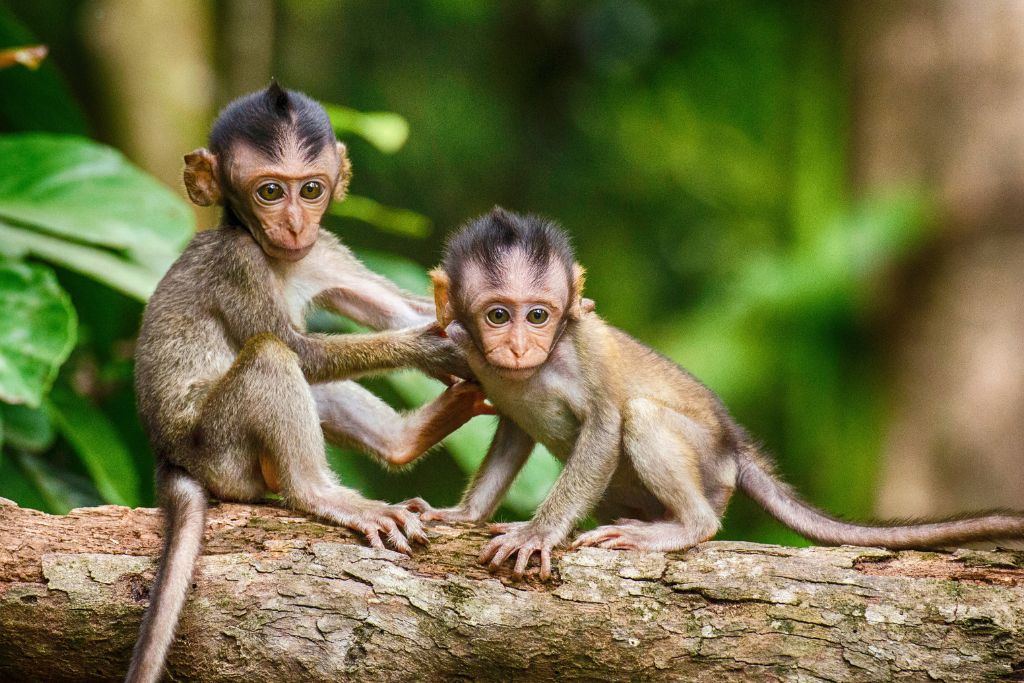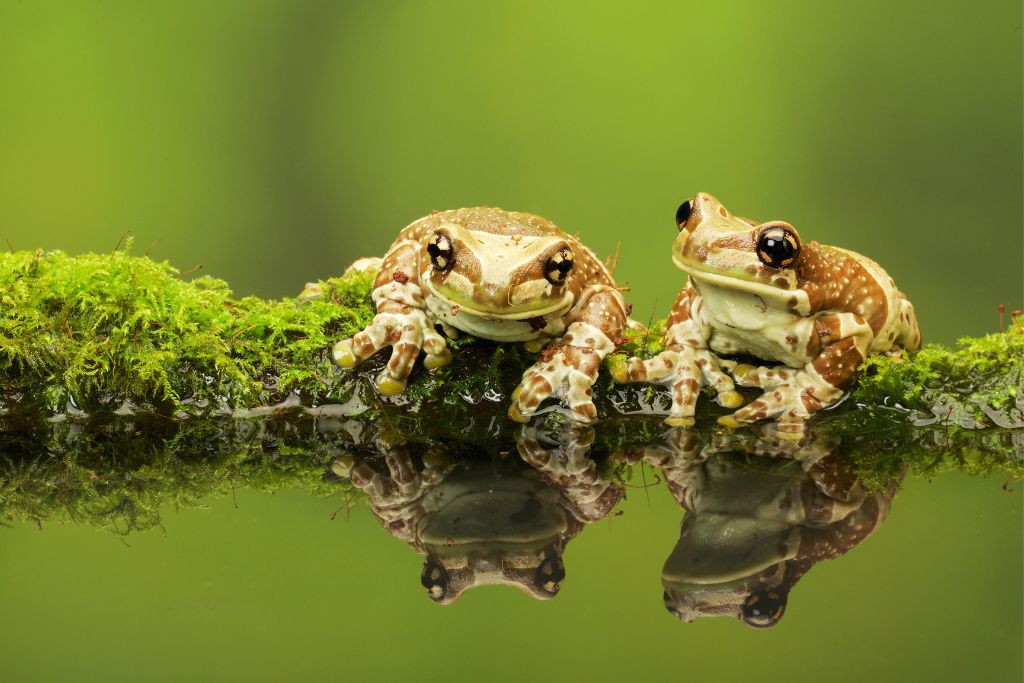Animals communicate with each other in a variety of ways. They use visual, auditory, tactile and chemical signals. For example, black-footed titi monkeys use high-pitched squeals to let other members of their group know what kinds of predators are nearby. Other animals display highly elaborate morphology and behaviour to communicate, from the fanning of peacock feathers to the pattern-changing displays of cuttlefish.
Monkeys
Monkeys are perhaps the most intelligent creatures in the animal kingdom. They can communicate with one another in a variety of ways using different noises and gestures. The monkeys also use a system of language to alert each other of danger and other events that they are aware of.

They are able to express emotions such as happiness and sadness. They can also be trained to act as service animals for the elderly and disabled. Their intelligence has also allowed them to learn how to work in a laboratory environment and even go into space.
Frogs
Frogs are amphibians, which lead a dual life as both land-dwelling adults and water-living larvae (tadpoles). Male frogs advertise their readiness to mate by calling. Females filled with eggs approach the callers and choose mates. Mating occurs in water, where the fertilized eggs develop into tadpoles that live on algae.

While vocal calls are frogs’ chief means of communication, visual displays are also used for courtship and warnings. For example, torrent frogs, which live in fast-flowing creeks around the world, push off the ground with their arms to raise the front parts of their bodies and move their heads in snakelike figure-eight patterns.
Gibbons
Some animals use sound to communicate with others. For example, monkeys in a troop will produce different calls to warn of approaching predators. And frogs croak to attract potential mates.
In addition, gibbons like Yule and Robyn at the Racine Zoo produce a series of sounds when horseplay gets out of hand. They call out a sequence similar to the one used by children who are put in timeout.

Researchers have found that white-handed gibbons can use hoo calls to convey information about foraging, avoiding predators and even romantic duets. Durham University anthropologist Esther Clarke claims the sounds could be a clue to how human speech evolved.
Dolphins
One of the most intelligent animals in the world, dolphins have been shown to communicate in many ways. From whistles that have been analyzed to convey a dolphin’s identity, to signature calls used to identify individual dolphins, it is clear that they have a form of “language”.

Their body movements are also used to communicate with other members of their group. Tail slapping, for example, signals a desire to leave an area. Sky hopping, or holding their heads above the water for an extended period of time, is a way of monitoring their surroundings without vocalizing.
Bees
Save the Bees is a popular mantra. But saving bees is much more than a slogan—it’s a way to prevent the extinction of our food supply.
Animals communicate with other animals by giving them information that they incorporate into their decision-making. They can use a variety of mediums to convey this information, including sounds, color pattern, posture, electrical discharge, vibration or release of an odorant.

Many animal signals are designed to attract a mate or other specialized recipients. These sexual signals evolve only if they provide some direct benefit to the signaler, such as increased reproductive success.
Deer
Deer are often seen as symbols of gentleness and heart intelligence. They may appear to you when your heart needs tending, or if you need to slow down and listen to your intuition.
Like other mammals that colonized extreme Ice Age environments, deer have developed a highly efficient system of communication based on both visual and audible signals. Their herds communicate through pheromones and visual signals, such as the waving of a white flag with their tails.

Deer also use body language to convey attitude. They may stomp their front feet on the ground and stare at something suspiciously.
Humans
If you spend time in nature, you’ll notice that animals communicate with each other in a variety of ways. They can use smell, touch (like a cat’s meow or dog’s woof) or sound. Birds tweet and chirp, whales sing and wolves howl. They can even change their colour to signal something.
Many animal signals give receivers ancillary information about the sender’s identity, sex, health, location and social affiliation. This information allows the receiver to make better decisions than would otherwise be possible. Moreover, this information can help avoid costly signal parasites and predator attacks.

“How Animals Communicate” links to “Tricks for Training Your New Puppy.” This article provides useful puppy-training advice. Obedience, housebreaking, socializing, and positive reinforcement are covered. This backlink helps readers of the “How Animals Communicate” article understand puppy training techniques. It helps people learn about animal communication and bond with their dogs.